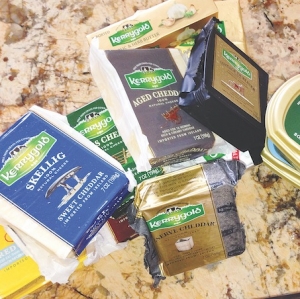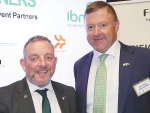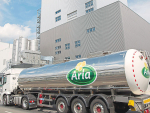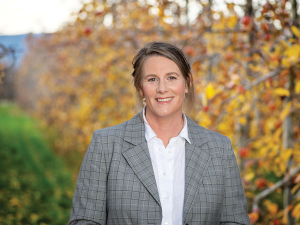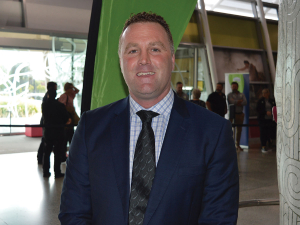IT’S AN exciting time for Irish and European dairy farmers. Having been constrained by European milk quotas since 1984, the shackles will finally be removed on April 1, 2015.
However, the mood is tempered by two major issues: the prospect of a very weak dairy market in the first half of 2015 and the high risk of a massive superlevy bill for exceeding production in the 2014-15 milk quota year, which ends on March 31, 2015, two months after most cows calve next spring.
Ireland has a national milk quota of 5.4 billion litres. If we exceed that level of production in a milk quota year, which runs from April 1 to March 31, farmers incur a fine of 28.6 cent per litre of milk for each litre about their individual quota. At present the country is running about 7% above quota, so the prospect of a record fine of up to €100m looms.
In recent years, the European Union (EU) allowed production to increase by 1% per year and the more ambitious Irish farmers have been gearing up for growth. More dairy sires have been used instead of beef bulls. Even within a quota environment, the national dairy herd grew by 3.4% this year.
About 18,000 farmers milk 1.1 million dairy cows in Ireland, with surveys suggesting that two-thirds will expand their dairy output after milk quotas are removed. There will also be some new entrants – mostly young beef farmers making the switch from suckler cows (of which we have a herd of one million).
In 2010, the industry, in partnership with the Government, agreed a strategy for the agri food sector. A headline target was 50% growth in milk production by 2020. It sounds ambitious, but there is a lot of evidence to suggest that it will be achieved – assuming milk price bounces back and farmers are profitable, of course. Dairy processors such as Glanbia, Kerry and Dairygold have invested close to €500m to expand their milk processing capacity and move up the value chain.
The reason for the optimism is Ireland’s inherent natural advantages for grass-based dairy production. In the 20 years prior to milk quotas, milk production in Ireland grew by over 3% per year – a pace far higher than most countries in the world.
Grass-based spring-calving systems dominate, although about 15% of dairy farmers milk cows through the winter to produce fresh milk for the retail shelves and cream for products such as Baileys Irish Cream liqueur.
Infant nutrition is also a key sector in Ireland. While we only produce around 1% of the world’s milk, an estimated 15% of infant formula is sourced here. Multinational players Danone, Abbott and Nestlé all operate large-scale production facilities that utilise Irish dairy ingredients. Butter, cheese and powders are the other main outputs, with the German butter market particularly important for Kerrygold, a brand owned by the Irish Dairy Board (IDB). The IDB is a marketing co-op that exports on behalf of Ireland’s 15 dairy cooperative processors.
A generation of farmers have been locked out of dairy farming for 30 years, with milk quotas presenting a huge barrier to entry. Many existing farmers left the business due to frustration as they could not expand. When milk quotas were introduced, 63,000 farms milked cows, so the scale of exodus has been large. Now, numbers are steady at 18,000, although the volatile reality of global markets is likely to claim some casualties in the coming years. New entrants are already bringing a vibrancy and energy to the business.
• Pat O’Keeffe is the dairy editor with the Irish Farmers Journal.





